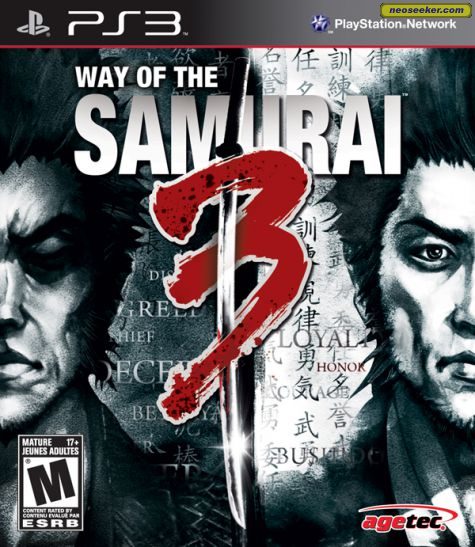

The dogs were released into a circular enclosure approximately 15m across, and mounted archers would fire upon them whilst riding around the perimeter. Inuoumono – A Japanese sport that involved mounted archers shooting at dogs.Yabusame – Japanese archery involving riding a horse.Ya (arrow) – Traditional Japanese arrow.Since then, especially due to changes brought by Japan opening up to the outside world at the beginning of the Meiji era (1868–1912), kyūjutsu has experienced a steep decline. Earlier archery had been called kyūjutsu, the skill of bow, but monks acting even as martial arts teachers led to creation of a new concept: kyūdō. The samurai were affected by the straightforward philosophy and aim for self-control in Zen Buddhism that was introduced by Chinese monks. Archery spread also outside the warrior class. During this period archery became a "voluntary" skill, practiced partly in the court in ceremonial form, partly as different kinds of competition. There was an extended era of peace during which the samurai moved to administrative duty, although the traditional fighting skills were still esteemed. By the time of the 1598 invasion of Korea, samurai were armed almost exclusively with matchlock muskets and swords, having abandoned the yumi.ĭuring the Tokugawa period (1603–1868) Japan was turned inward as a hierarchical caste society in which the samurai were at the top. The tanegashima was far more powerful than the yumi and also did not require as much training, allowing Oda Nobunaga's army consisting mainly of farmers armed with tanegashima to annihilate a traditional samurai cavalry in a single battle in 1575. The yumi, however, would continue to be used alongside the tanegashima for a period of time because of a lack of sufficient numbers of firearms, something samurai repeatedly complained about during the Imjin War. The Japanese soon started to manufacture their own version of the matchlock called tanegashima and eventually the tanegashima and the yari (spear) became the weapons of choice. The yumi (Japanese bow) as a weapon of war began its decline after the Portuguese arrived in Japan in 1543 bringing firearms with them in the form of the matchlock.

Many new schools were formed, some of which, such as Heki-ryū Chikurin-ha, Heki-ryū Sekka-ha and Heki-ryū Insai-ha, remain today. In the latter part of the 15th century Heki Danjō Masatsugu revolutionized archery with his new and accurate approach called hi, kan, chū (fly, pierce, center), and his footman's archery spread rapidly. Civil war įrom the 15th to the 16th century, Japan was ravaged by civil war. The need for archers grew dramatically during the Genpei War (1180–1185) and as a result the founder of the Ogasawara-ryū ( Ogasawara Nagakiyo), began teaching yabusame (mounted archery). The Takeda-ryū and the mounted archery school Ogasawara-ryū were later founded by his descendants. This led to the birth of the first kyūjutsu ryūha (style), the Henmi-ryū, founded by Henmi Kiyomitsu in the 12th century. The changing of society and the military class ( samurai) taking power at the end of the first millennium created a requirement for education in archery. The first written document describing Japanese archery is the Chinese chronicle Weishu (魏書 dated around 297 AD), which tells how in the Japanese isles people use "a wooden bow that is short from the bottom and long from the top." Emergence The first images picturing the distinct Japanese asymmetrical longbow are from the Yayoi period (ca. The beginning of archery in Japan is, as elsewhere, pre-historical.


 0 kommentar(er)
0 kommentar(er)
